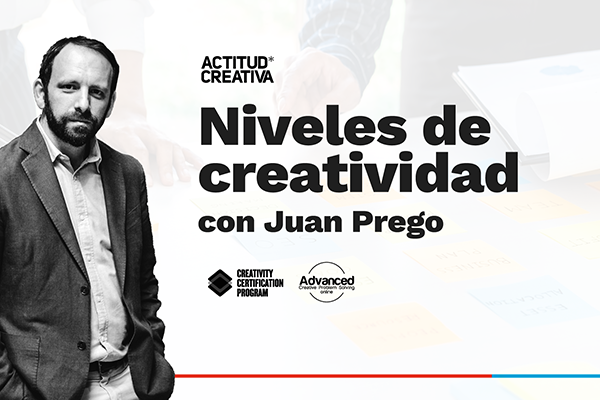The strategy of a company is a plan of objectives and directions that allows everyone to know what is important to be pursued and make the appropriate decisions to get closer to where the company wants to go.
Companies of all sizes have strategies, even different teams within them have their own strategic plans. And it is that even when it sounds ethereal, the lack of a clear strategy generates problem organizations, sometimes more subtle, sometimes more serious.
Without a strategic plan, decisions become more difficult, the prioritization of tasks as well and even the cohesion of the team – which does not have a common vision of in which direction we want to advance – suffers.
For years I have heard how the D.A.F.O. it becomes the default tool to help build strategic plans. I have already written a lot about the weaknesses and problems of using SWOT, and today I will add one more: it will be very difficult for companies using SWOT to generate innovative strategic plans.

During this last year of radical changes, accelerated digitization and forced social distance, many organizations have been forced to review their strategy, to define new lines of action and post-covid scenarios.
At Actitud Creativa we have been fortunate to accompany several of these processes, using a tool that is normally associated only with innovation projects: Design Thinking.
Using Design Thinking as a tool to design strategic plans for teams and organizations requires learning to vary the scope and operation of their tools, developing a skill in team facilitation and being able to alternate abstract reflections with concrete actions.
When we achieve this delicate balance we can access the multiple benefits that this entails:
- Involvement & Collaboration: Design Thinking is a collaborative process, which includes everyone’s diverse points of view. When we use this tool to design strategic plans, all team members feel involved and can contribute.
- User & Customer at the center: What is the use of an organization declaring that “the customer is at the center of our business” if then the definition of the strategy is carried out from its navel? The DT process includes the perspectives of users and customers. In this way, plans are made with actions that put the user in the center rather than with good-sounding but empty phrases.
- Opportunities & Insights: The analyzes carried out with SWOT lack the depth that qualitative research allows us, by combining data with empathy, the strategy can be oriented to more relevant and surprising opportunities.
- Opportunities & Insights: The analyzes carried out with SWOT lack the depth that qualitative research allows us, by combining data with empathy, the strategy can be oriented to more relevant and surprising opportunities.
- Iteration & Continuous Learning: Each time the strategic plans are carried out with a shorter duration. From 20 years, to 10, to 5 to 3 … and it keeps going down. The VICA environments in which we find ourselves (Volatile, Uncertain, Complex and Ambiguous). They require rapid iteration and continuous learning even in the strategy of a team or organization. And iteration is at the very core of the way of working with Design Thinking.
Many companies advocate using Design Thinking in their day-to-day lives, but as long as we keep this discipline away from big business decisions and see it only as a process for innovation teams, it will be difficult for our organizations to transform.
Incorporating Design Thinking into business processes and directions is not only for super-innovative companies, but for those that want to be, that are just starting out, and what better way than to design the company’s strategy in a way that accompanies these efforts.
The teams will be strengthened and more involved, the initiatives will be more original and impactful and the organization will be one step closer to the transformation towards the innovation it so desires.
Do you dare to innovate?



